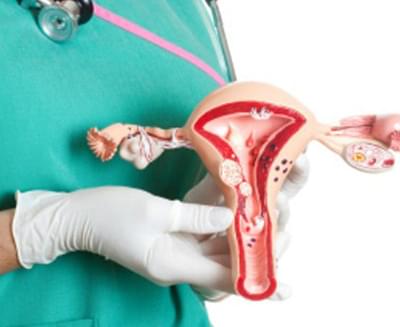
Importance of Early Detection of Cancer
For all types of cancer, including gynecological cancers, the most crucial factor is early detection. Cancer is a disease in which abnormal cells grow uncontrollably, and each type progresses at a different rate. Some cancers grow slowly, while others are aggressive and spread rapidly.
Often referred to as an “incurable disease” by the public, cancer is frequently misunderstood due to a lack of awareness. However, the truth is:
CANCER IS A TREATABLE DISEASE.
The foundation of this treatability is early diagnosis.
Once cancer has spread throughout the body, treatment becomes significantly more difficult. However, if diagnosed early, before it has a chance to spread, the success rate of treatment can reach up to 90%.
Early Diagnosis Methods in Gynecological Cancers
The advantage of gynecological cancers is that many of them are visible from the outside and present early symptoms. The exception is ovarian cancer, which often does not show clear signs until advanced stages. With careful observation, early diagnosis is possible in most cases.
Early Detection of Vulvar (External Genital) Cancer
Vulvar cancer is more common in older women and is often preceded by pre-cancerous lesions. Self-examination of the vulva plays a key role. Signs such as redness, discoloration, itching, burning, lumps, sores, or lesions should prompt immediate medical attention.
Early Detection of Vaginal Cancer
This rare cancer typically affects older women. Although it can form visible lesions, it is often diagnosed at an advanced stage, which makes early detection difficult.
Early Detection of Cervical Cancer
This is the gynecological cancer where early detection is most achievable. The Pap smear test detects cellular changes before cancer develops, allowing early intervention. Even in the absence of symptoms, regular gynecological check-ups and Pap tests are strongly recommended.
The cervical cancer vaccine is advised for women aged 9 to 25. If administered before any HPV infection, it provides up to 90–95% protection.
Early Detection of Uterine Cancer
Common in postmenopausal women, uterine cancer often presents with unexpected vaginal bleeding during menopause. Any such bleeding should be taken seriously, and an endometrial biopsy should be performed for evaluation.
Early Detection of Ovarian Cancer
This is the most difficult gynecological cancer to detect early. Currently, there is no effective screening method. Women who carry the BRCA gene are at higher risk, but genetic testing alone is not enough. The best approach is to evaluate suspicious ovarian masses through regular gynecological exams and surgery when necessary.
Early Detection of Breast Cancer
Breast cancer can be detected early through doctor’s exams, self-breast exams, and mammography. Women with a BRCA gene mutation have an increased risk of breast, ovarian, and colon cancer and should undergo screening at more frequent intervals.

